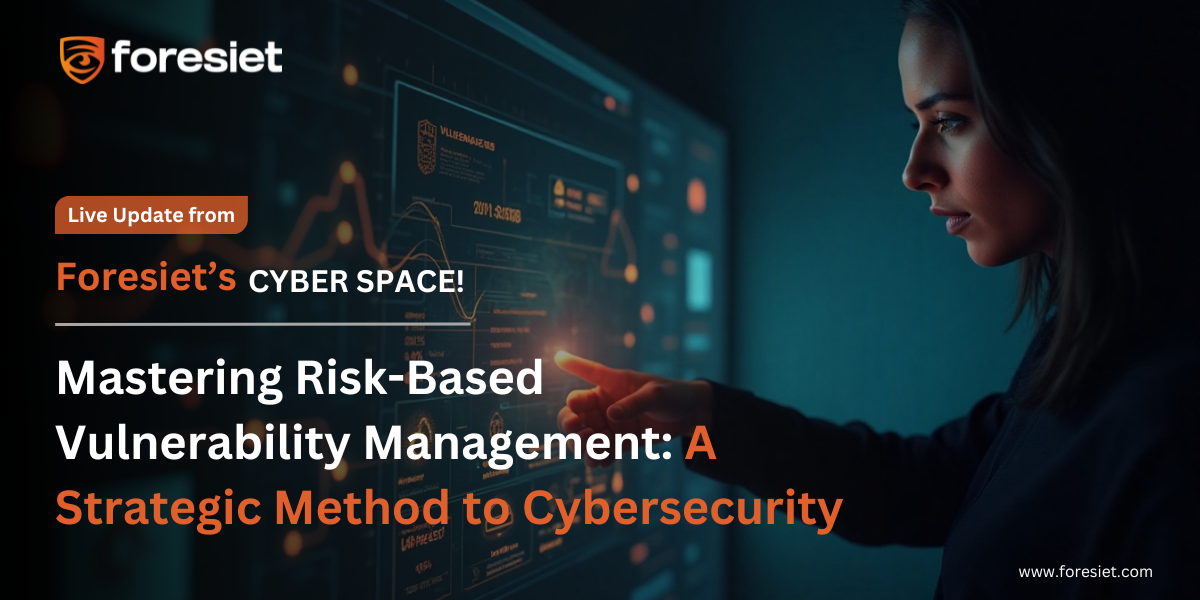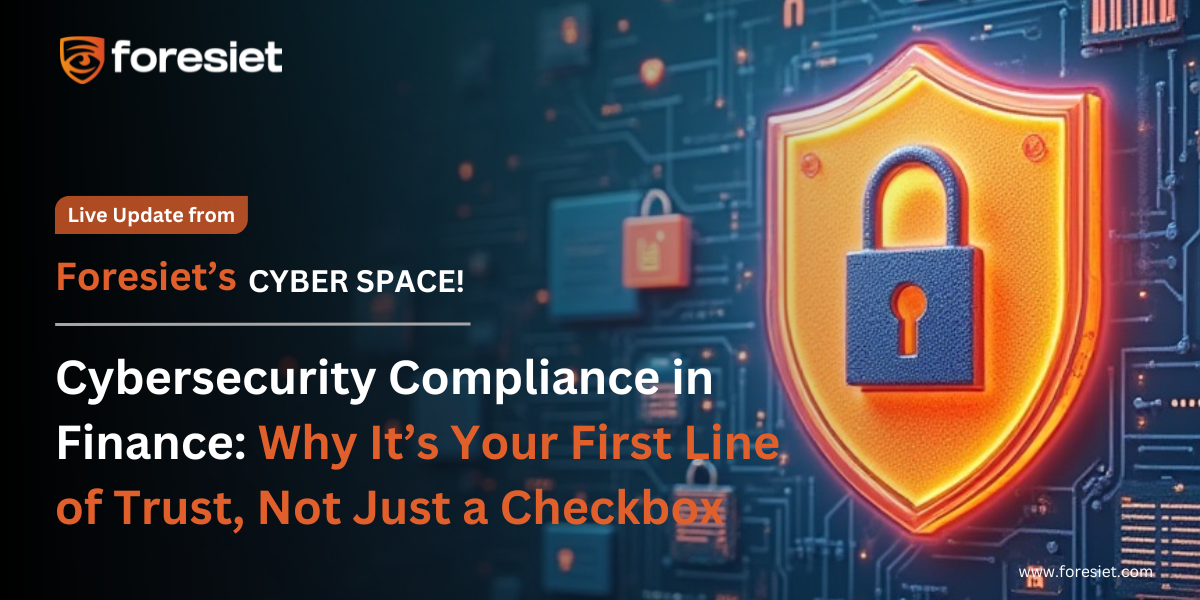Mastering Risk-Based Vulnerability Management: A Strategic Method to Cybersecurity

Introduction
Organizations operating in today's rapidly changing digital age face mounting threats to the level of security. Deployment of conventional methods to vulnerability management by periodic scans and blanket scoring will no longer be adequate. Instead, strategy should shift direction toward risk-based vulnerability management towards protection of digital assets.
Recognizing the Pitfalls of Traditional Vulnerability Management
Legacy vulnerability management is mainly concerned with discovering known vulnerabilities through standard scoring models such as the Common Vulnerability Scoring System (CVSS). CVSS is the bare minimum but is not customized to fit an organization's environment, whether asset value, threat landscape, or business impact. It is guaranteed to cause misprioritization, whereby vulnerabilities of the most critical concern will be overlooked, and less critical ones will fill capacity.
Taking a Risk-Based Approach
Risk-based vulnerability management (RBVM) is a more accurate approach that considers numerous various variables in decision-making and ordering of vulnerabilities:
- Asset Criticality: From asset to business function prioritization.
- Threat Intelligence: Using existing knowledge of live threats and exploit activity.
- Exploitability: Determining how likely the exploitation of the vulnerability would be in the existing environment.
- Business Impact: Guessing the probable impact of a breach, e.g., financial harm or reputational harm.
By examining these variables, organizations can assign a risk score to each vulnerability so that they can make better decisions and plan effective resources.
Creating a Successful Risk-Based Vulnerability Management Process
1. Extensive Asset Discovery
Start by creating a current list of all assets, such as on-premises devices, cloud providers, IoT devices, and third-party integrations. Digital footprint analysis tools can be used to scan for assets that would otherwise go unseen.
2. Real-Time Vulnerability Scanning
Implement controls for real-time scanning to detect vulnerabilities in a timely manner. Real-time monitoring, in contrast to scans based on time, provides real-time insight into the security position of the company.
3. Context-Based Prioritization
Employ threat intelligence and business context for vulnerability prioritization. As an example, one vulnerability in a critical financial application with exposure to the internet would be a higher priority than one found in an inner dev server.
4. Accelerated Remediation Processes
Enact concise remediation action that defines responsibility and timeframe in terms of a vulnerability's risk and severity. Patching and config maintenance may be accelerated through automation tools.
5. Verification and Reporting
Close remediation success with rescans and post-remediation testing. Keep documentation detailed enough for tracing purposes, to report evidence of compliance, and to notify stakeholders of changes.
6. Continuous Monitoring and Re-tuning
Utilize a feedback loop to repeatedly refine the vulnerability management process. Search for emerging threats, gauge remediation effort quality, and modify methods as required.
Applying Advanced Tools and Services
To improve the quality of the RBVM process, integrate contemporary tools and services:
- Darknet Monitoring Services: Identify breached data and credentials in transit on the darknet.
- Digital Threat Scoring: Provide a numerical value to the risk factor of individual vulnerabilities and assets.
- Brand Protection Solutions: Provide protection against brand impersonation and associated risk.
- Online Risk Evaluation Platforms: Evaluate the overall risk exposure of the organization in real time.
If these tools are networked, organizations will have a more holistic and proactive security approach.
Conclusion
With an increasingly advanced and pervasive cyber threat environment, embracing a risk-based vulnerability management approach is not just the intelligent thing to do—it's necessary. Prioritizing vulnerabilities by risk context allows organizations to more efficiently assign resources, decrease exposure to high-risk threats, and achieve overall cybersecurity resiliency. Utilizing this strategic framework, organizations are highly likely to succeed in today's threat-laden environment.
About us!
Foresiet is the pioneering force in digital security solutions, offering the first integrated Digital Risk Protection SaaS platform. With 24x7x365 dark web monitoring and proactive threat intelligence, Foresiet safeguards against data breaches and intellectual property theft. Our robust suite includes brand protection, takedown services, and supply chain assessment, enhancing your organization's defense mechanisms. Attack surface management is a key component of our approach, ensuring comprehensive protection across all vulnerable points. Compliance is assured through adherence to ISO27001, NIST, GDPR, PCI, SOX, HIPAA, SAMA, CITC, and Third Party regulations. Additionally, our advanced antiphishing shield provides unparalleled protection against malicious emails. Trust Foresiet to empower your organization to navigate the digital landscape securely and confidently.
Protect your brand, reputation, data, and systems with Foresiet's Integrated Digital Risk Platform. 24/7/365 threat monitoring for total peace of mind.


July 10, 2025, 9 a.m.
